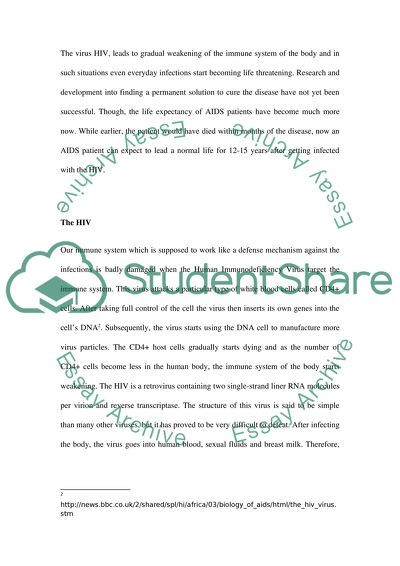Cite this document
(“Aids and How It Spread Globally Essay Example | Topics and Well Written Essays - 1500 words”, n.d.)
Aids and How It Spread Globally Essay Example | Topics and Well Written Essays - 1500 words. Retrieved from https://studentshare.org/miscellaneous/1511767-aids-and-how-it-spread-globally
Aids and How It Spread Globally Essay Example | Topics and Well Written Essays - 1500 words. Retrieved from https://studentshare.org/miscellaneous/1511767-aids-and-how-it-spread-globally
(Aids and How It Spread Globally Essay Example | Topics and Well Written Essays - 1500 Words)
Aids and How It Spread Globally Essay Example | Topics and Well Written Essays - 1500 Words. https://studentshare.org/miscellaneous/1511767-aids-and-how-it-spread-globally.
Aids and How It Spread Globally Essay Example | Topics and Well Written Essays - 1500 Words. https://studentshare.org/miscellaneous/1511767-aids-and-how-it-spread-globally.
“Aids and How It Spread Globally Essay Example | Topics and Well Written Essays - 1500 Words”, n.d. https://studentshare.org/miscellaneous/1511767-aids-and-how-it-spread-globally.


